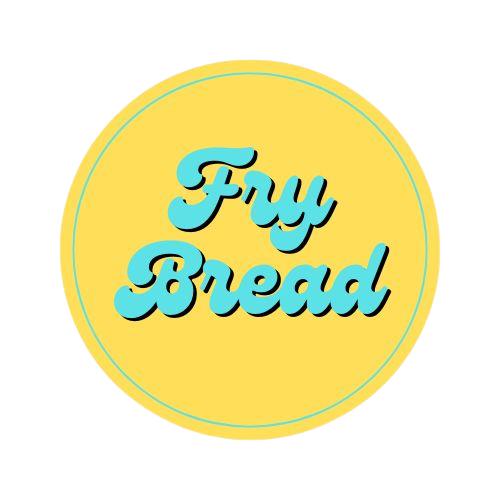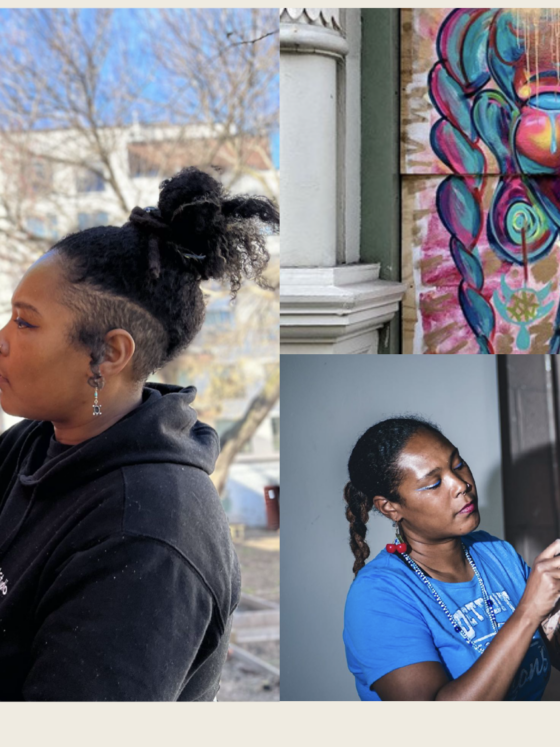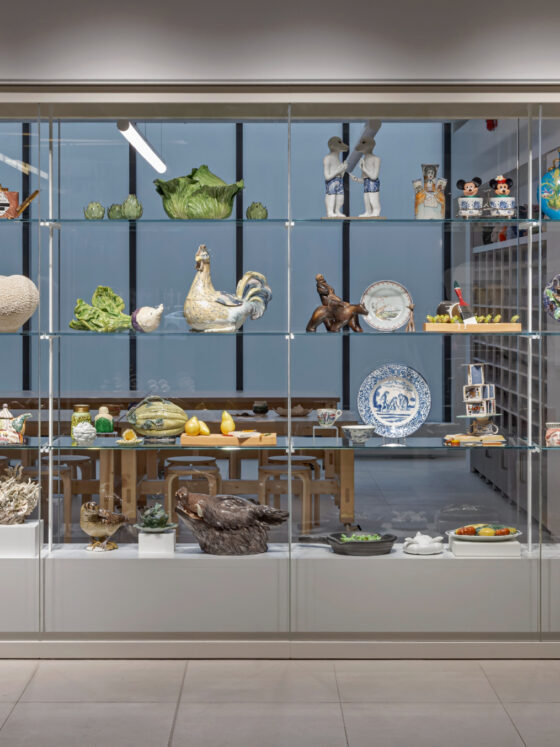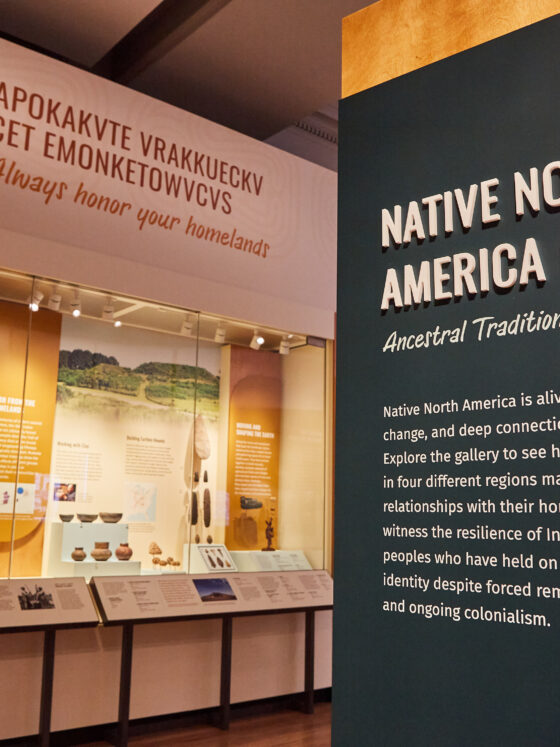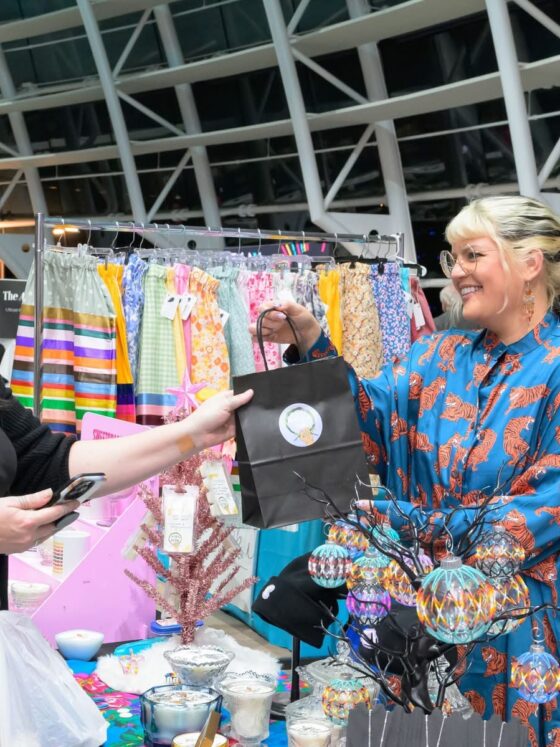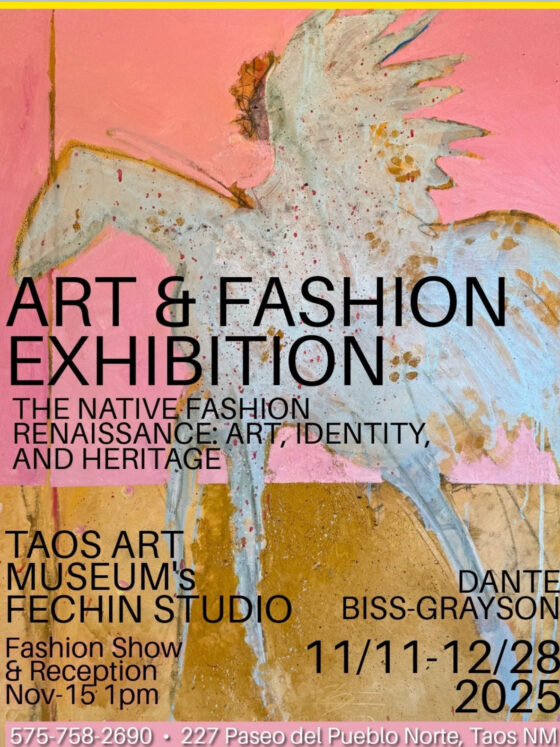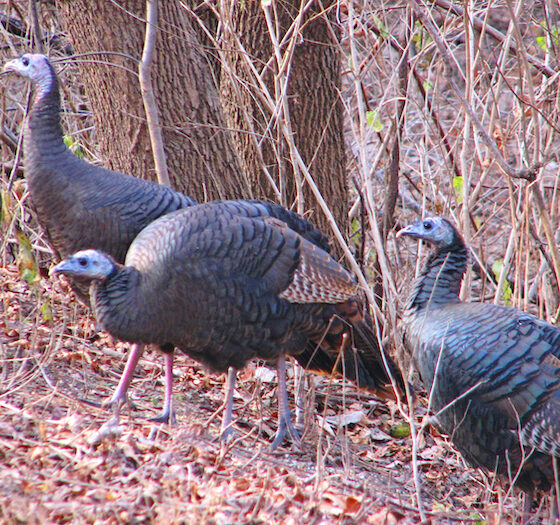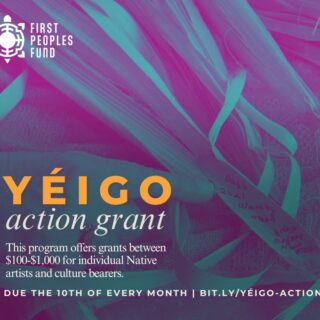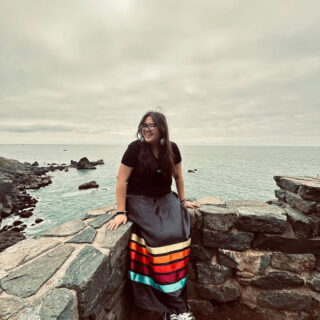Heard Museum’s 67th Indian Fair & Market
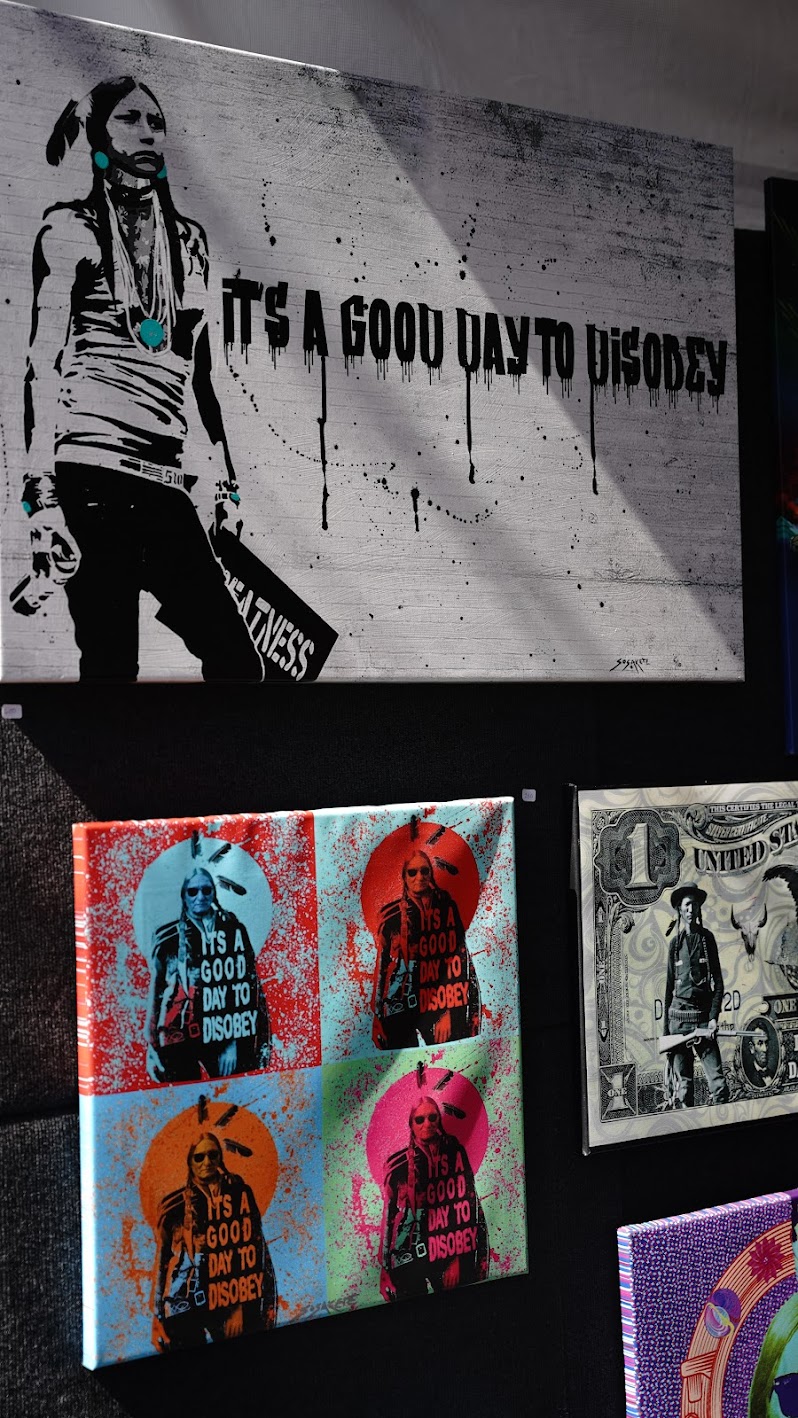
Celebrating Tradition and Artist Innovation
By: Darren Thompson
PHOENIX—The 67th Annual Heard Museum Guild Indian Fair & Market brought together over 650 artists from across North America, showcasing the richness and diversity of Indigenous culture. This multi-cultural event, with live art demonstrations and performances, serves as an annual gathering for Native American, Alaskan Native, and Canadian First Nations artists. Each year, the fair and market draw tens of thousands of visitors, making it one of the largest and most prestigious American Indian art events in the world.
Held annually at the Heard Museum, this vibrant event is a cornerstone of the competitive art scene for Indigenous artists, offering them an opportunity to share their craft, connect with buyers, and compete for awards. This year, the coveted “Best of Show” award went to Rebecca Lucario of Acoma Pueblo, for her stunning pottery titled Four Seasons & North Star. Lucario’s craftsmanship earned her a $25,000 cash prize and a prominent place in the long history of Best of Show winners. The Heard Museum’s statement congratulated Lucario, celebrating her “exceptional talent and creativity.”
The event’s juried art show and outdoor marketplace feature booths from more than 650 artists, along with educational demonstrations, nonprofit organizations, food vendors, and media outlets. Thousands flock to the museum’s campus, eager to meet their favorite artists, view new creations, and purchase unique pieces directly from the artists themselves. The artists compete across eight classifications: Jewelry and Lapidary Work, Pottery, Paintings, Drawings, Graphics, Photography, Wooden Carvings, Sculpture, Textiles/Weavings/Clothing, Diverse Art Forms, and Baskets.
Sage Mountainflower, a textile artist and fashion designer from Taos Pueblo, Ohkay Owingeh, and Diné, was one of the artists who participated in the Diverse Arts Classification. In an interview with Fry Bread Art, Mountainflower expressed her pride in being part of the event, stating, “I’m just proud to get an entry in. Getting into the show as a selected artist is awesome, especially when your work is recognized among other amazing artists.” Mountainflower’s clothing and fashion designs have been showcased worldwide, including at the Santa Fe Indian Market. The Diverse Arts category, which includes everything from beadwork to quillwork, was a fitting place for her to display her talents.
Tina Benevente, from the Coushatta Tribe of Louisiana, was another standout, winning a second-place ribbon for her quilting entry titled Woven Blessing of My Tribal Journey in the Weavings and Textiles Classification. It was her first time submitting in the quilting category, and she was pleasantly surprised by the recognition. “I haven’t been to the market since 2019, and to get a ribbon for my first time in the quilting classification was a nice surprise,” she said.
The event has been a cornerstone for many artists, providing not only a platform for competition but also a space for cultural exchange and community building. As Jhane Myers, a Comanche and Blackfeet film producer and multi-disciplinary artist who won Best of Show in 2010, reflected, the fair is about more than just the competition. “This year had great entries from seasoned and new artists,” Myers told Fry Bread Art. “It’s the first show of the year, so everyone enjoys seeing all their artist friends and collectors.”
For Yolanda Hart Stevens, a bead artist from the Kwatsan and Pee-Posh nations, the Heard Museum’s Indian Fair & Market has been a family tradition for nearly four decades. For 39 consecutive years, Stevens has demonstrated her beadwork at the event, often preparing alongside her daughters, passing down the tradition she learned from her mentor Daisy Simms of Ft. Yuma. Simms, who walked on earlier this year, has had a lasting influence on Stevens and the broader beadworking community, earned recognition as an Arizona Indian Living Treasure in 1999.
The Heard Museum Guild’s Indian Fair & Market, which began in 1959, is one of Arizona’s largest arts events and a global leader in American Indian art markets. Its mission is to provide an opportunity for collectors and visitors to connect with artists, many of whom come from generations of Indigenous creators. The event is organized by the Heard Museum Guild, a volunteer organization, in close collaboration with the museum’s leadership. In addition to the artist market, the event features live performances, food vendors, and cultural demonstrations.
Adrian Wall, a musician and award-winning artist from Jemez Pueblo, shared his experience performing at this year’s event with his group, Twin Rivers. “The Heard 2025 was a good time,” Wall said. “I was able to show my work and had a great response. I got to see my artist friends, catch up with them, and was fortunate enough to play music at this event with my buddy Eddie Kabotie.”
One of the more exciting developments in recent years has been the growth of the Youth Art Show & Sale, which celebrated its fourth annual event in 2025. The Youth Art Show provides a platform for young Indigenous artists under 18 years old to showcase their work and compete in a juried art show. In 2024, the show saw sales from 247 youth submissions totaling over $26,000, with more than $11,000 in prizes awarded. This year, the prize for “Best of Show” in the Youth Art Show increased to more than $10,000, further incentivizing young artists to participate.
This year’s Youth Best of Show recipient was Aydrian Day, Ho-Chunk Nation of Wisconsin, for his submission of “Hocak Manape” in the Beadwork Classification. The piece, Day says honors many Ho-Chunk soldiers in his family, and gives thanks to all those veterans who have served in the military.
“It felt so good to hear that I had won Youth Best of Show,” Day, 15, told Fry Bread Art. “Even more because it was for the third time in four years.”
“I want people to see this and maybe it encourages them to learn about their own culture, how I have,” Day said. “I’ve only come this far because I learned and lived my culture through ceremonies and tradition. Also my parents teaching me the skill and the knowledge to do this work.”
Day was awarded a first place ribbon for another submission, “We’ehn” in the Beadwork Classification, a first place ribbon for Cultural Items Division, and a Judge’s Choice ribbon.
His father, James Day, a Bois Forte Band of Chippewa bead artist and singer, was awarded Honorable Mention for his submission “Hats of Our Fathers” in the Still Image Digital Art Division of the 2-Dimensional Art Classification.
The younger Day’s story of “We’ehn” is an homage to his family, and the future he envisions. “The story it tells is really about the future that I’d like for myself because I’d like to have kids and be a father. The bonnet, ribbon dress, and moccasins are just traditions and basic things that I would do for my future kids.”
